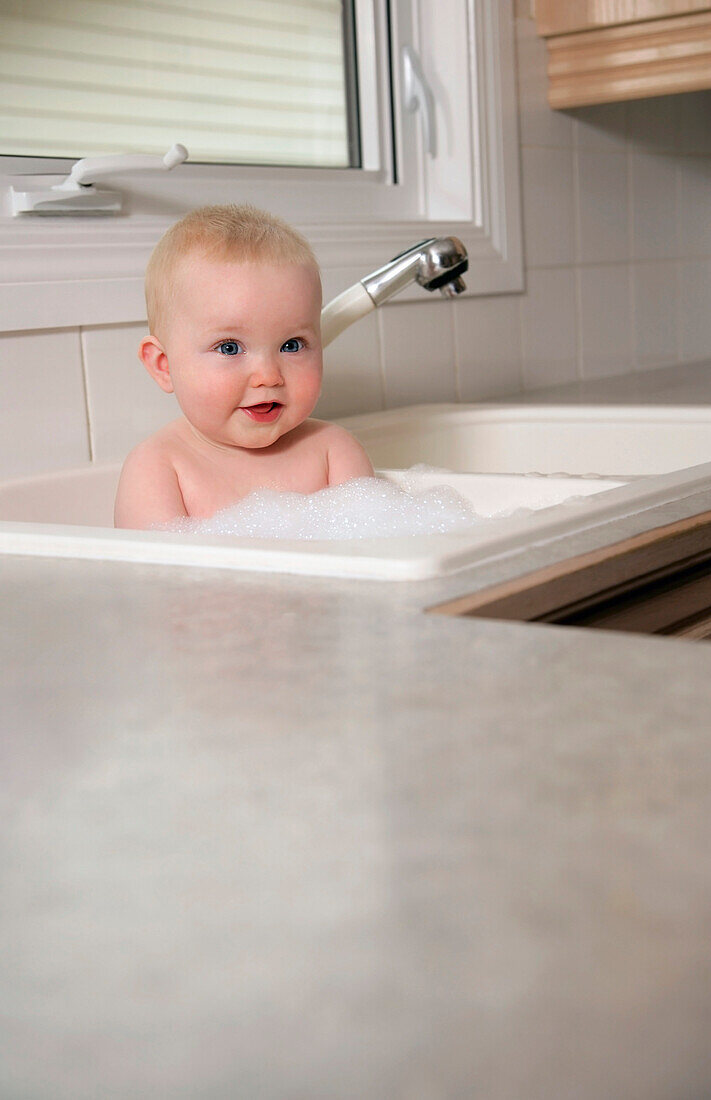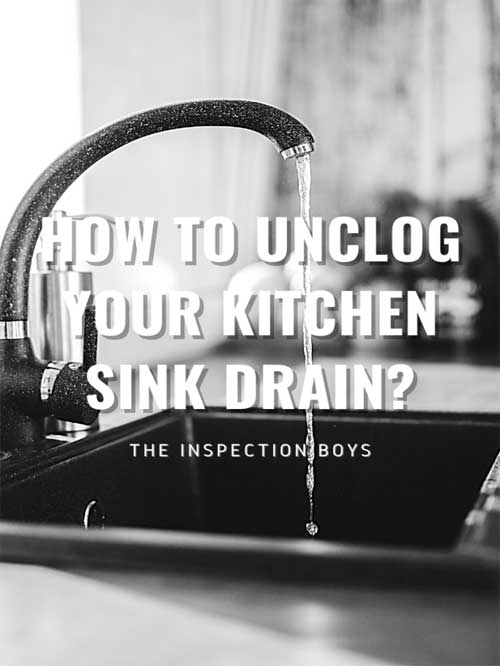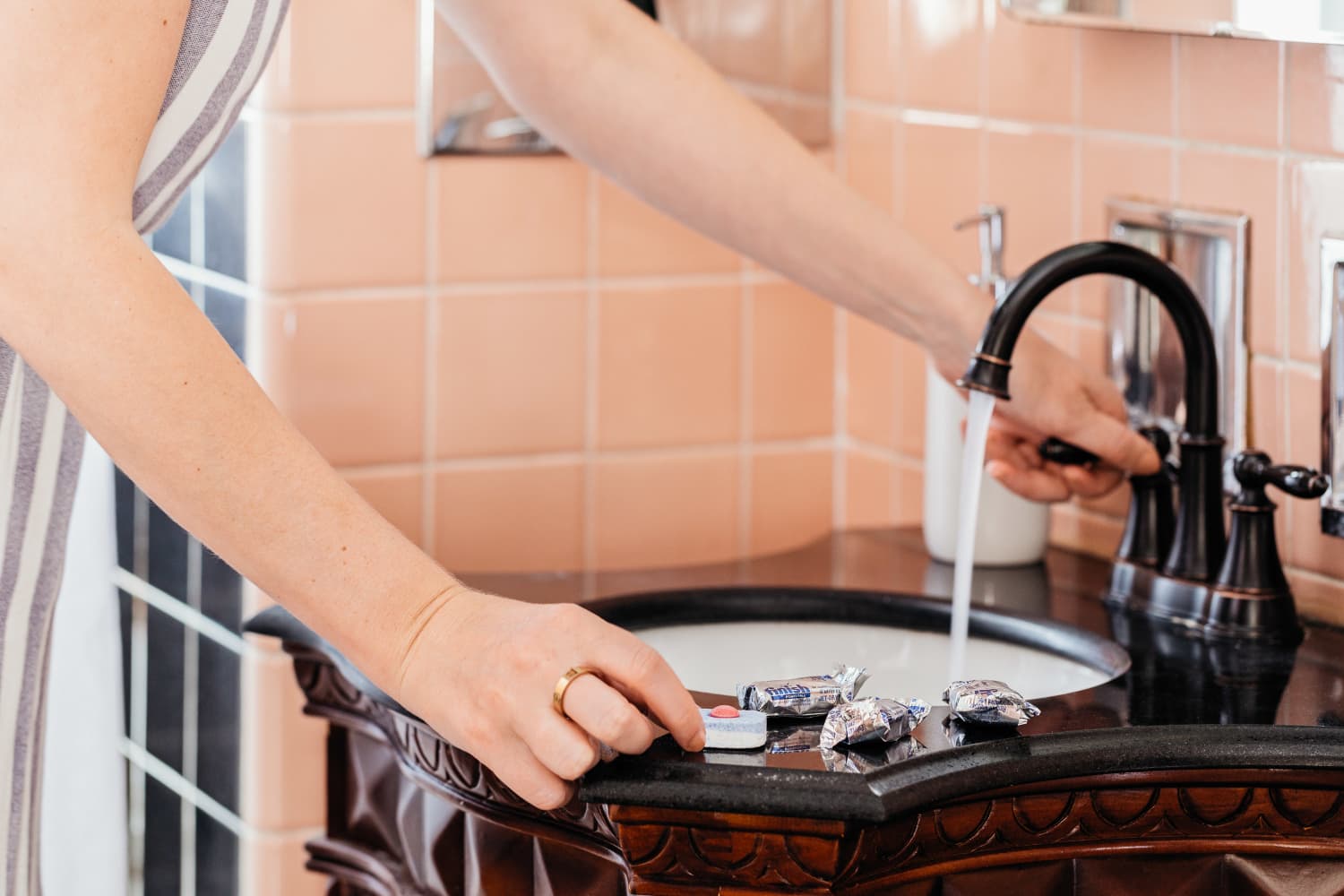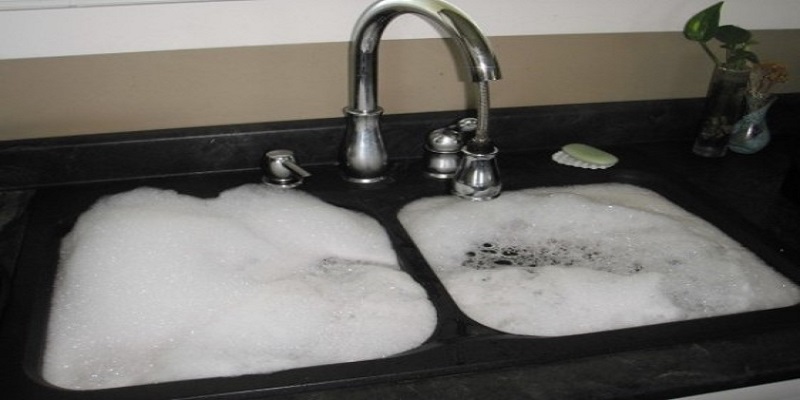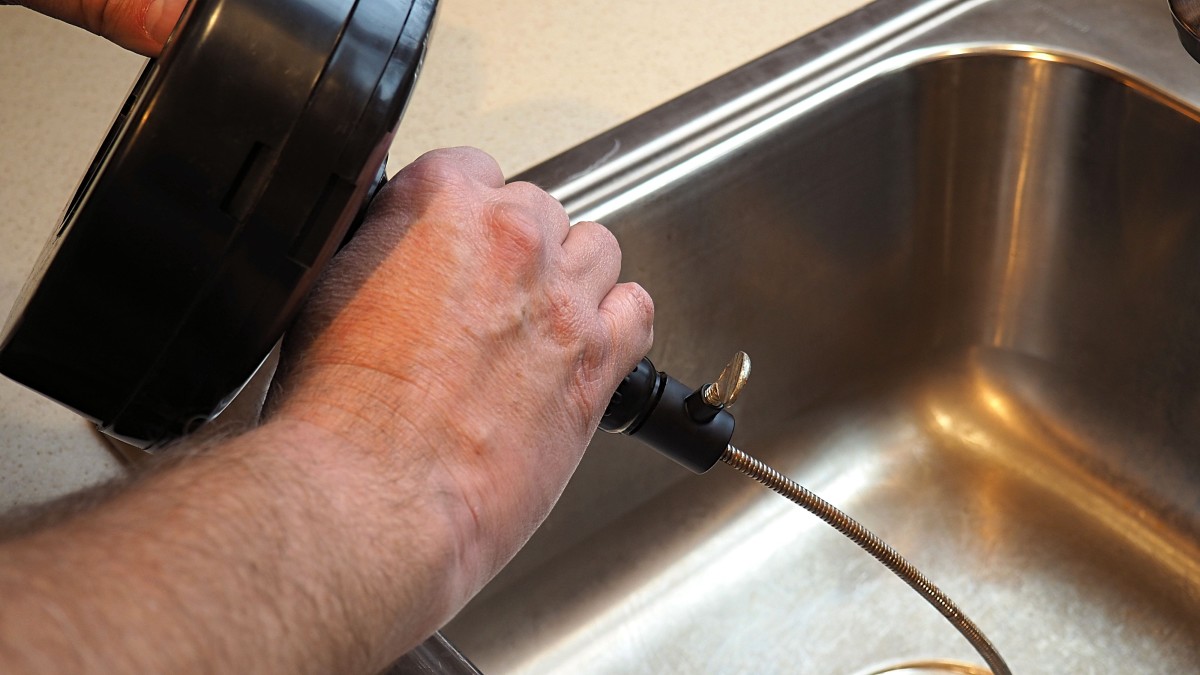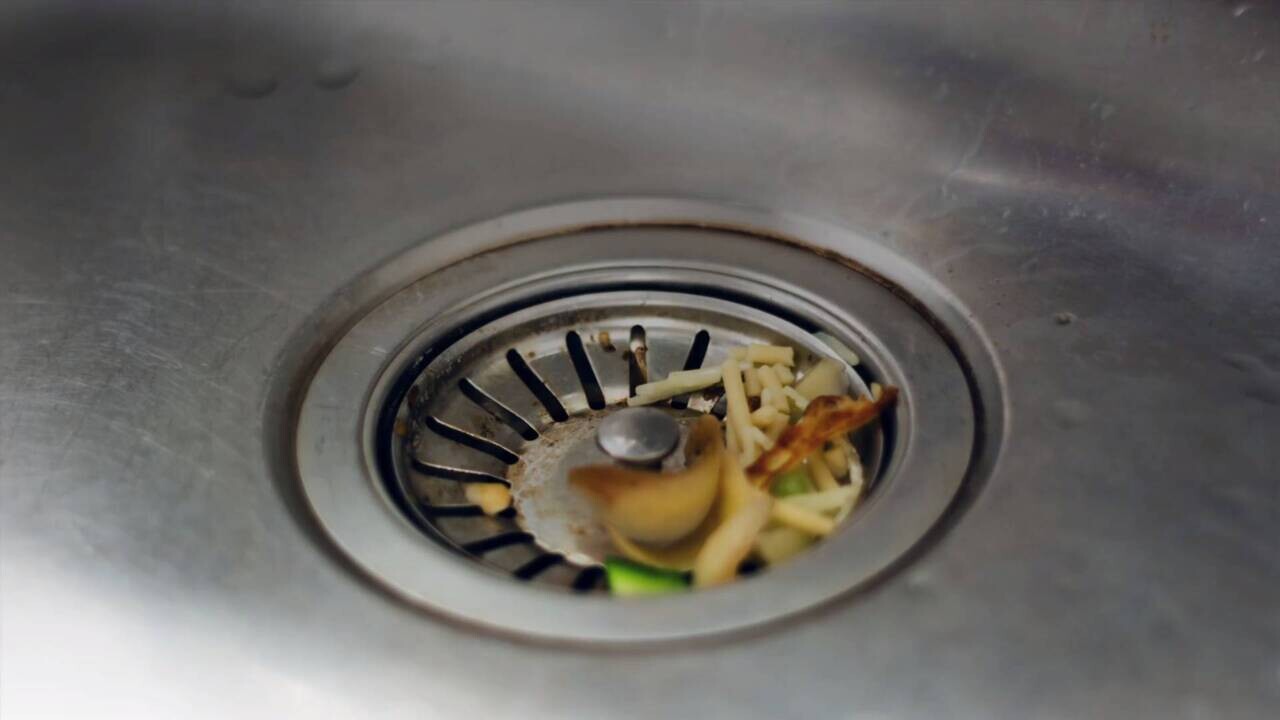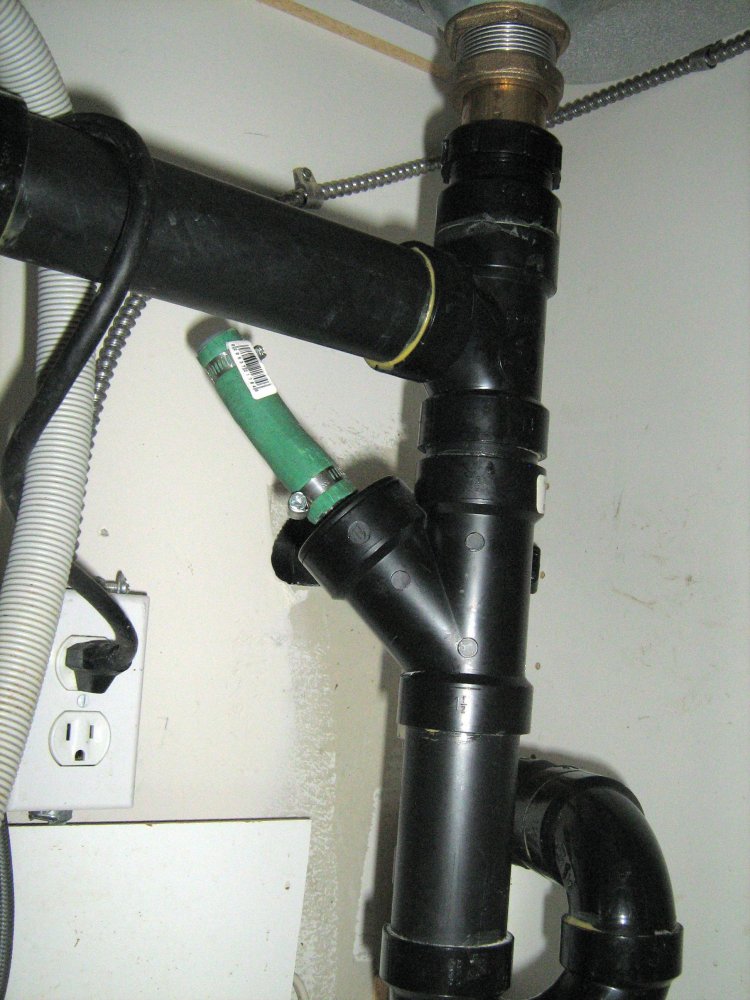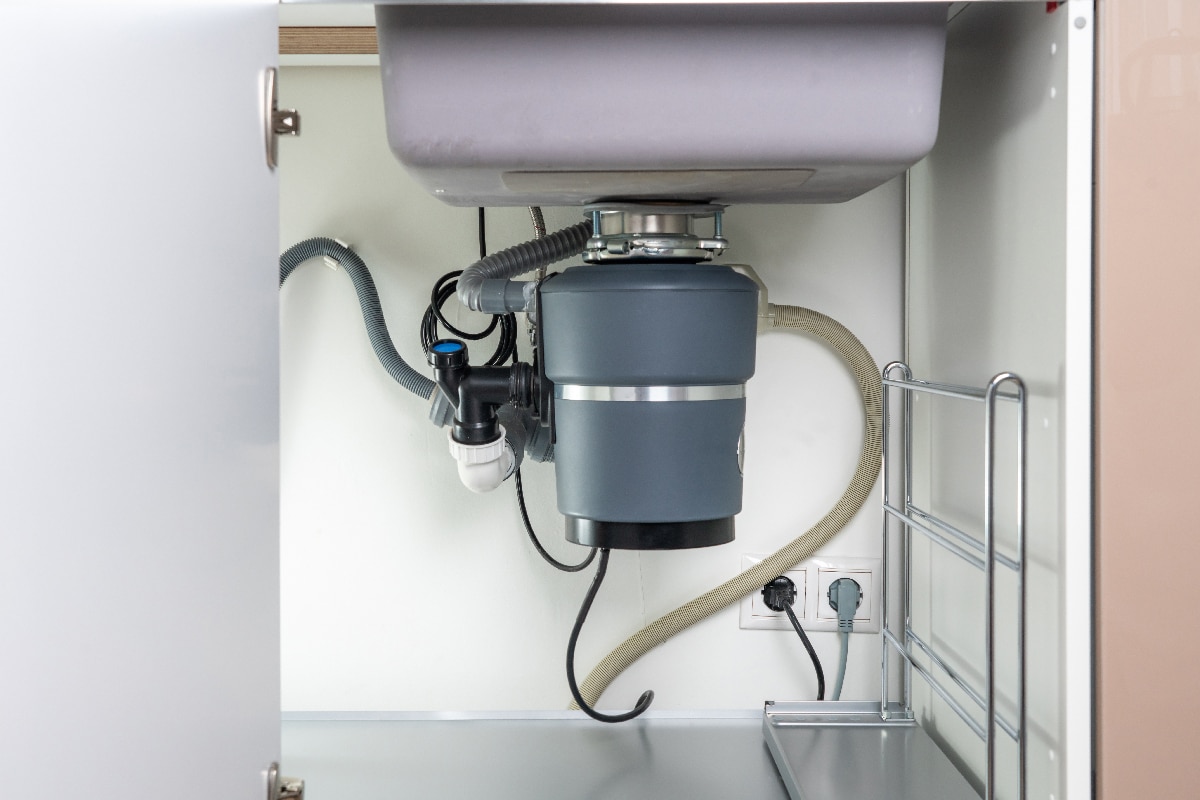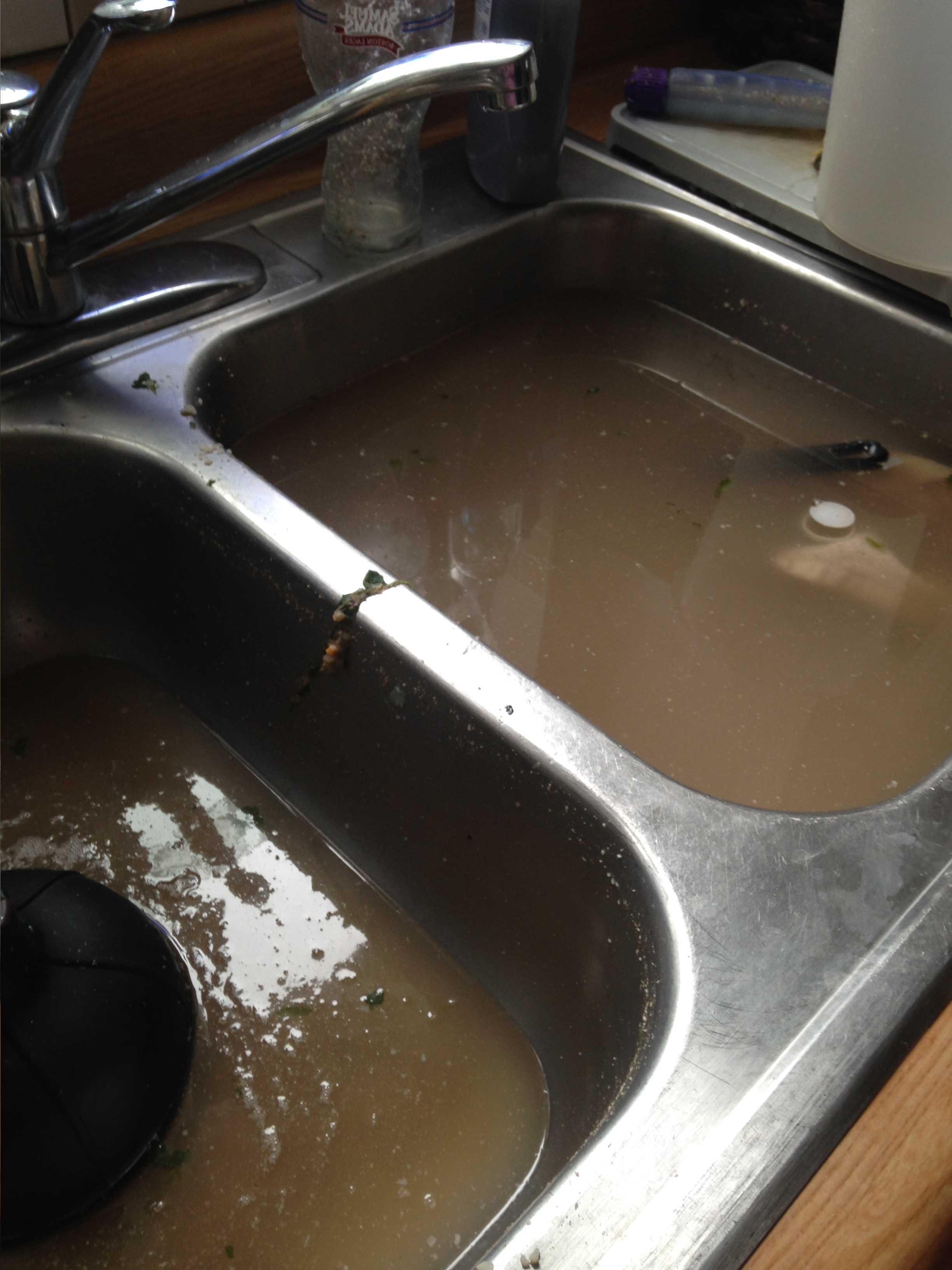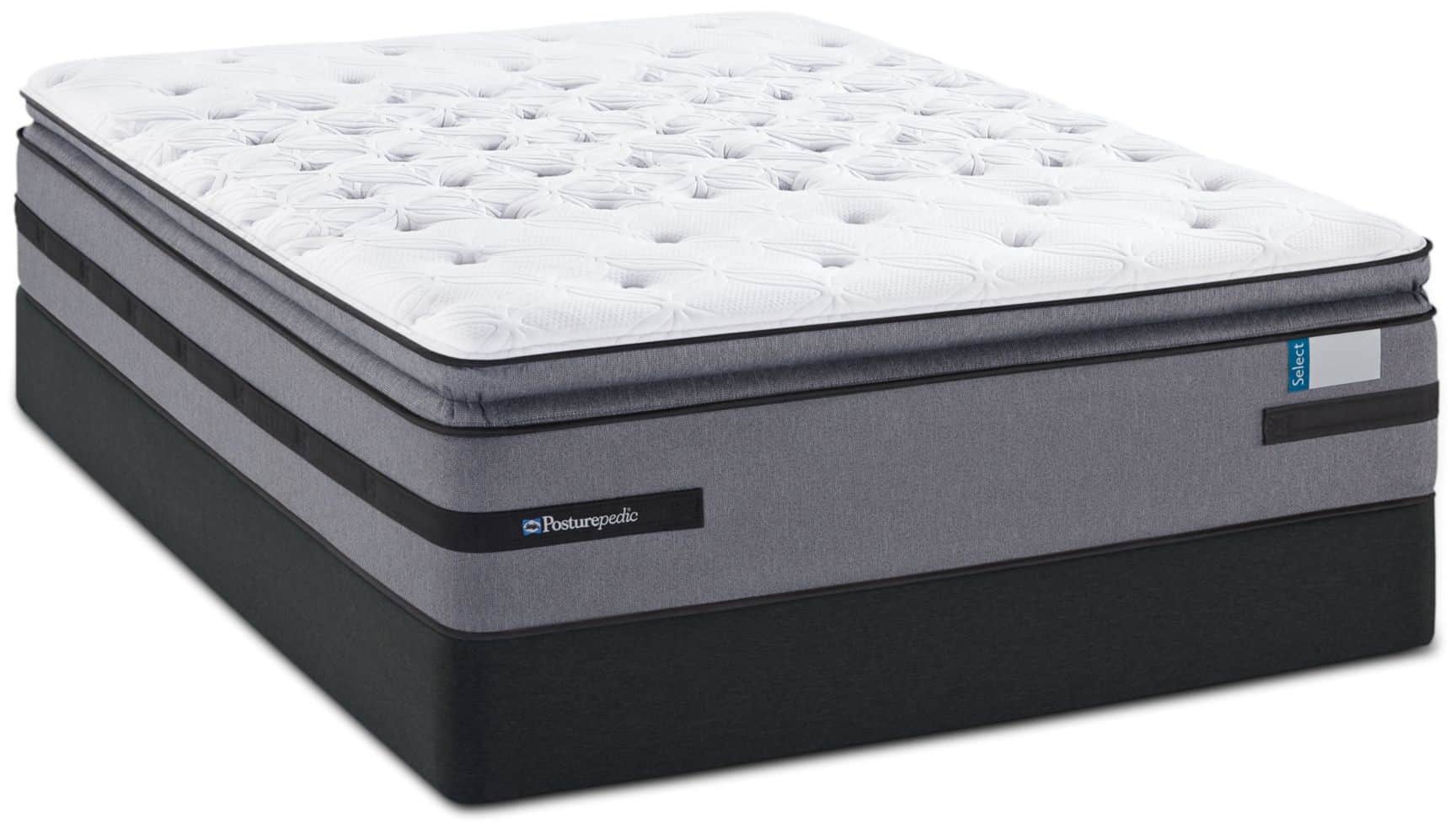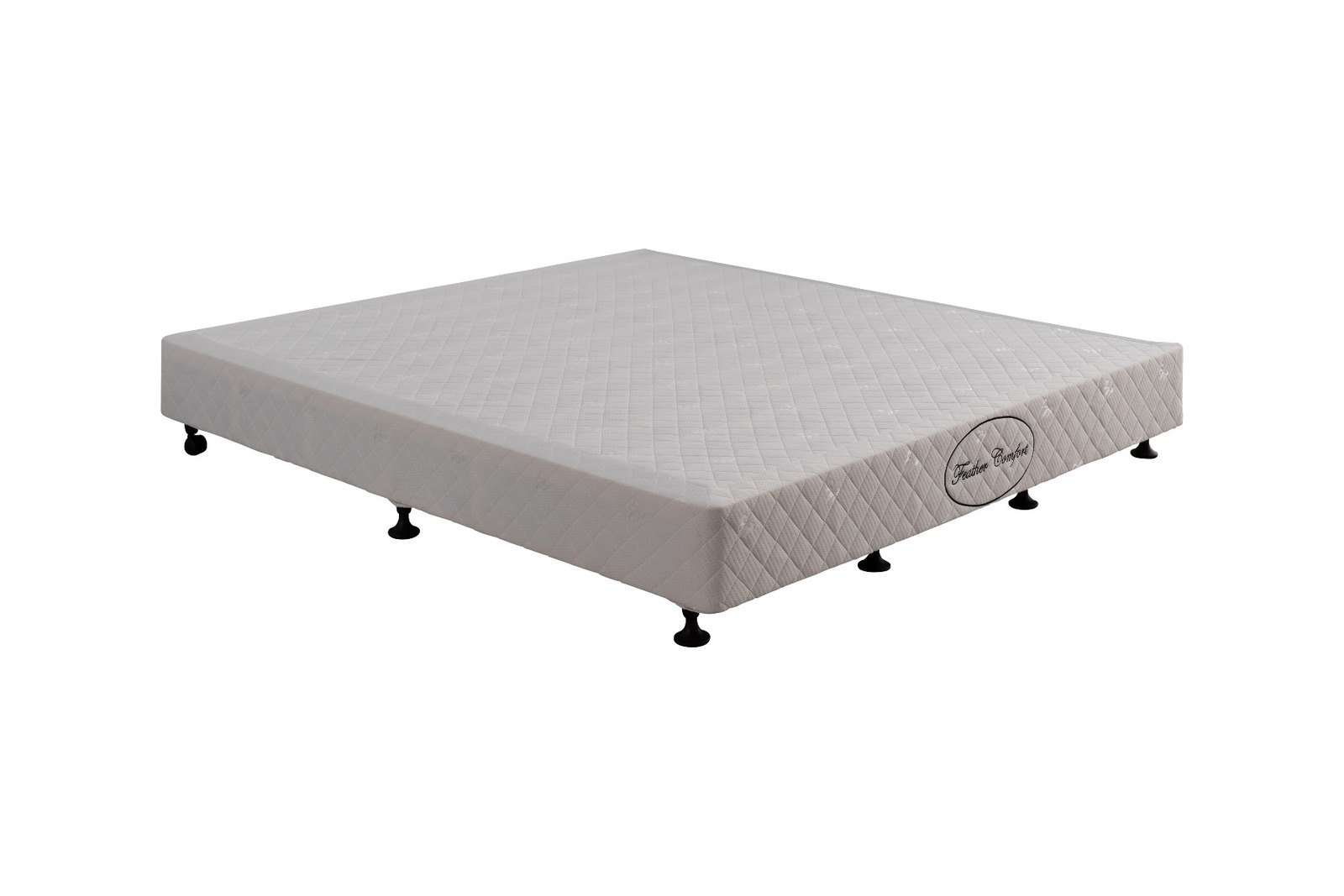1. Kitchen Sink Plumbing: Pipes, Traps, and Drain Parts
When it comes to the functionality of your kitchen sink, the plumbing system plays a crucial role. The pipes, traps, and drain parts work together to ensure that water and waste flow smoothly in and out of the sink. Without proper installation and maintenance of these components, you may encounter various issues such as clogs, leaks, and unpleasant odors. In this article, we will discuss the top 10 kitchen sink pipe work procedures that every homeowner should know.
2. How to Install a Kitchen Sink Drain
Installing a kitchen sink drain may seem like a daunting task, but with the right tools and knowledge, it can be a simple DIY project. The first step is to remove the old drain, which involves disconnecting the P-trap and unscrewing the locknut underneath the sink. Next, you will need to install the new drain by attaching the strainer to the sink and securing it with a locknut. Finally, connect the P-trap and test for any leaks. Remember to use a plumber's putty or silicone sealant to create a watertight seal between the strainer and sink.
3. Kitchen Sink Plumbing: How to Replace a Kitchen Sink Trap
The P-trap is a curved section of pipe that prevents sewer gas from entering your home and also catches small objects that may accidentally fall down the drain. If you notice a leak or foul odor coming from your sink, it may be time to replace the trap. To do this, you will need to remove the existing trap by loosening the slip nuts on both ends. Then, install the new trap by connecting it to the drain and the tailpiece. Remember to use washers and tighten the slip nuts securely to prevent leaks.
4. How to Install a Kitchen Sink Drain Pipe
The drain pipe connects the P-trap to the main drain line and carries wastewater away from your sink. If you are installing a new sink, you will need to install a new drain pipe as well. Begin by measuring and cutting the pipe to the required length, then attach it to the tailpiece and the P-trap using slip nuts. Finally, connect the other end of the pipe to the main drain line using a PVC adapter. Remember to use a hacksaw or PVC cutter to ensure a clean and precise cut.
5. Kitchen Sink Plumbing: How to Install a Kitchen Sink Drain Pipe
If you are experiencing slow draining or clogs in your kitchen sink, it may be due to a damaged or clogged drain pipe. In this case, you will need to replace the pipe to restore proper drainage. Begin by locating the damaged section of the pipe and cutting it out using a hacksaw. Then, install a new piece of pipe using PVC connectors and secure them with PVC primer and cement. Remember to measure and cut the new pipe to fit precisely and use gloves when handling the PVC primer and cement.
6. Kitchen Sink Plumbing: How to Fix a Leaky Kitchen Sink Drain
A leaky kitchen sink drain can be a nuisance and can also cause water damage to your cabinets and floors. To fix this issue, you will first need to determine the source of the leak. It could be due to a loose connection, damaged gasket, or corroded pipes. Once identified, you can tighten the connections, replace the gasket, or replace the affected pipes. Remember to use Teflon tape on the threads of the connections for a more secure seal.
7. How to Unclog a Kitchen Sink Drain
Clogs in the kitchen sink are a common occurrence and can be caused by various factors such as food scraps, grease, and soap scum. To unclog your sink, you can try using a plunger, a drain snake, or a mixture of baking soda and vinegar. If these methods do not work, you may need to remove the P-trap and clean it out manually. Remember to wear gloves and use hot water to flush out any remaining debris.
8. Kitchen Sink Plumbing: How to Replace a Kitchen Sink Drain
If your kitchen sink drain is beyond repair, you may need to replace it with a new one. Start by removing the old drain, then clean the area and apply plumber's putty or silicone sealant to the opening. Next, install the new drain by attaching the parts and tightening the locknut underneath. Finally, test for any leaks and make adjustments if necessary. Remember to follow the manufacturer's instructions for your specific drain model.
9. How to Install a Kitchen Sink Drain with a Garbage Disposal
If your kitchen sink has a garbage disposal, the installation process for the drain will be slightly different. You will need to install a drain flange that is compatible with your disposal and connect it to the discharge tube. Then, install the P-trap and drain pipe as usual. Remember to consult the manufacturer's instructions for your specific disposal model and double-check all connections for a tight seal.
10. Kitchen Sink Plumbing: How to Fix a Clogged Kitchen Sink Drain
A clogged kitchen sink drain can be a frustrating and messy problem, but it can be fixed with the right tools and techniques. Start by using a plunger to try and dislodge the clog. If that doesn't work, you can try using a drain snake or a mixture of baking soda and vinegar. If the clog is too stubborn, you may need to remove the P-trap and manually remove the blockage. Remember to avoid using harsh chemical drain cleaners as they can damage your pipes and harm the environment.
Kitchen Sink Pipe Work: A Vital Component in House Design
/how-to-install-a-sink-drain-2718789-hero-24e898006ed94c9593a2a268b57989a3.jpg)
The Importance of Proper Kitchen Sink Pipe Work
 When it comes to designing a house, the kitchen is often considered the heart of the home. It's where families gather to cook, eat, and spend quality time together. As such, it's important to ensure that all aspects of the kitchen, including the
kitchen sink pipe work
, are properly designed and installed. Neglecting this crucial component can lead to a host of problems and headaches down the line.
When it comes to designing a house, the kitchen is often considered the heart of the home. It's where families gather to cook, eat, and spend quality time together. As such, it's important to ensure that all aspects of the kitchen, including the
kitchen sink pipe work
, are properly designed and installed. Neglecting this crucial component can lead to a host of problems and headaches down the line.
The Function of Kitchen Sink Pipe Work
 The kitchen sink is one of the most frequently used fixtures in a home, and its pipe work plays a vital role in keeping it functioning properly. The pipes are responsible for carrying water in and out of the sink, allowing for dishes to be washed, food to be prepared, and hands to be cleaned. Without a properly installed pipe system, the sink would be rendered useless, making it difficult to perform daily tasks and disrupting the flow of a household.
The kitchen sink is one of the most frequently used fixtures in a home, and its pipe work plays a vital role in keeping it functioning properly. The pipes are responsible for carrying water in and out of the sink, allowing for dishes to be washed, food to be prepared, and hands to be cleaned. Without a properly installed pipe system, the sink would be rendered useless, making it difficult to perform daily tasks and disrupting the flow of a household.
The Risks of Poorly Installed Kitchen Sink Pipe Work
/water-pipe-under-kitchen-sink-980755656-3ec7719515ab4e269908381b760f7366.jpg) One of the biggest risks of having
improperly installed kitchen sink pipe work
is the potential for leaks and water damage. If the pipes are not connected correctly or are made of low-quality materials, they can easily crack, causing water to leak out and damage the surrounding areas. This can lead to costly repairs and even mold growth if left untreated. Additionally, poorly installed pipes can cause clogs and backups, creating an unpleasant and unhygienic environment in the kitchen.
One of the biggest risks of having
improperly installed kitchen sink pipe work
is the potential for leaks and water damage. If the pipes are not connected correctly or are made of low-quality materials, they can easily crack, causing water to leak out and damage the surrounding areas. This can lead to costly repairs and even mold growth if left untreated. Additionally, poorly installed pipes can cause clogs and backups, creating an unpleasant and unhygienic environment in the kitchen.
Proper Design and Installation of Kitchen Sink Pipe Work
:no_upscale()/cdn.vox-cdn.com/uploads/chorus_asset/file/19495086/drain_0.jpg) To ensure that your kitchen sink pipe work is functioning at its best, it's essential to hire a professional plumber who specializes in house design. They will have the expertise and knowledge to properly design and install a pipe system that meets your specific needs and fits seamlessly into your kitchen's overall design. They will also use high-quality materials and adhere to building codes and regulations to ensure a safe and efficient system.
To ensure that your kitchen sink pipe work is functioning at its best, it's essential to hire a professional plumber who specializes in house design. They will have the expertise and knowledge to properly design and install a pipe system that meets your specific needs and fits seamlessly into your kitchen's overall design. They will also use high-quality materials and adhere to building codes and regulations to ensure a safe and efficient system.










:max_bytes(150000):strip_icc()/how-to-install-a-sink-drain-2718789-hero-24e898006ed94c9593a2a268b57989a3.jpg)



/how-to-install-a-sink-drain-2718789-hero-b5b99f72b5a24bb2ae8364e60539cece.jpg)


:max_bytes(150000):strip_icc()/how-to-install-a-sink-drain-2718789-04-5715d67f5b7d41429d42bf705bb70e2c.jpg)




















